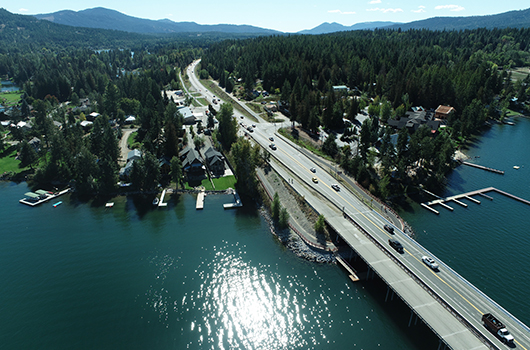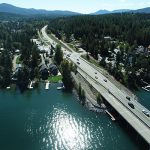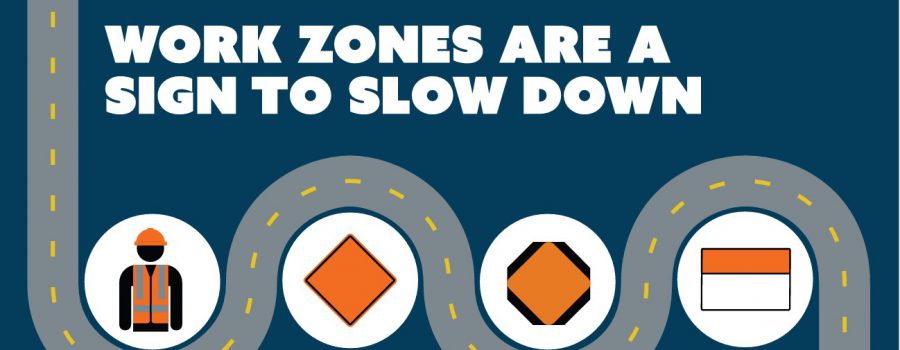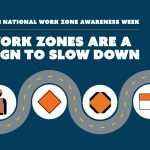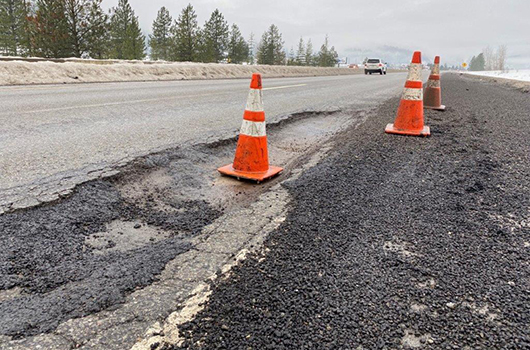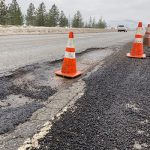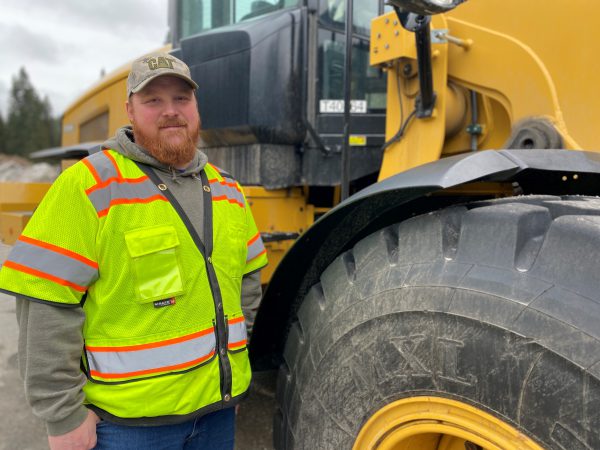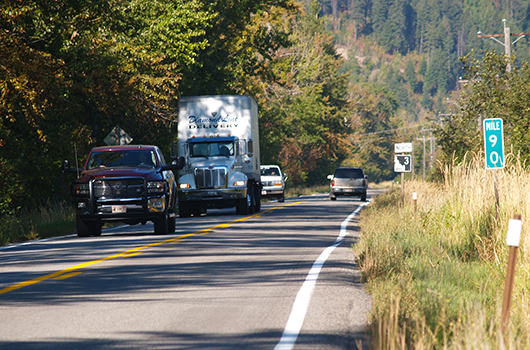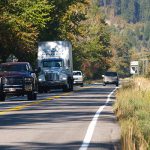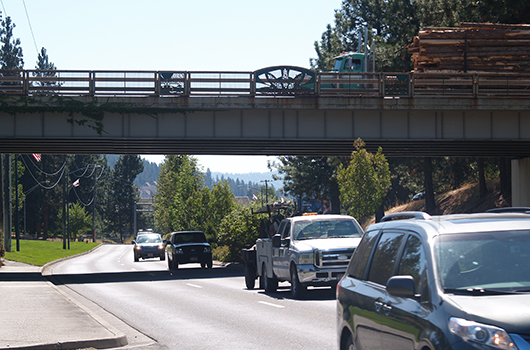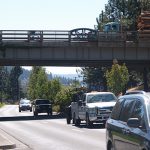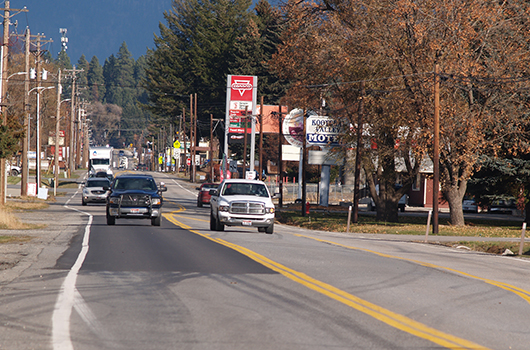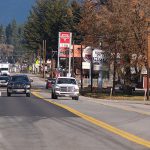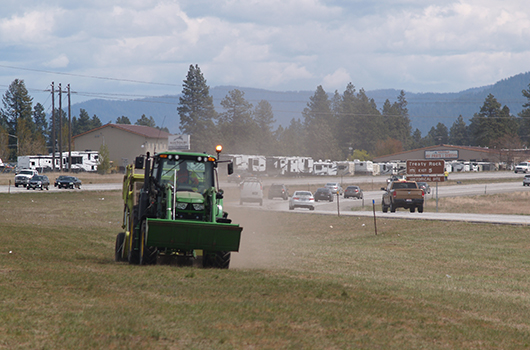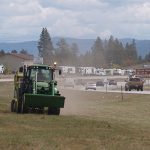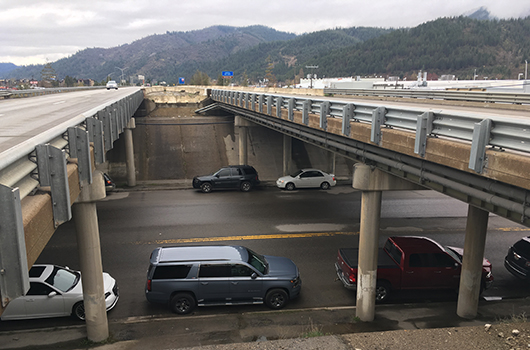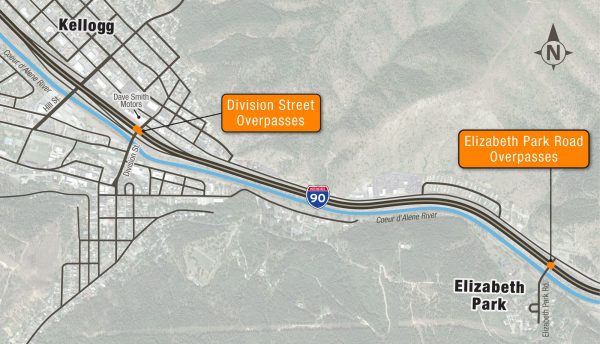Night work to begin Monday for SH-3 widening near St. Maries
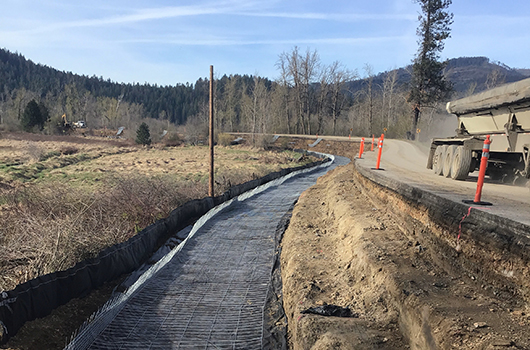
Starting Monday, May 9, crews will start working at night to haul away waste materials for construction to widen three miles of State Highway 3 near St. Maries.
“This will really impact residents along the detour route, since trucks will need to use Goosehaven Road to access the site,” Project Manager Matt Heinichen said.
Crews will continue to work on SH-3 during the day, but now residents and other drivers will have to contend with increased truck traffic and noise on Goosehaven Road, starting at 8 p.m. each night. A pilot car will be in use during the day, but between 8 p.m. and 6 a.m. trucks will travel in groups with traffic controlled by a flagger.
“Night work is expected to last one month until workers are done excavating the northbound lane,” Heinichen said. “Right now there’s not enough space to have trucks to efficiently deliver materials to the site and haul away waste at the same time.”
Download a photo of excavation on SH-3.
Plans call for the highway to be widened by 11 feet to the east, making room for 11-foot travel lanes and 3-foot shoulders. Guardrail will be installed along the east side, with the project set to be complete in August.
Learn more about the project at itdprojects.org/stmariesdike.


